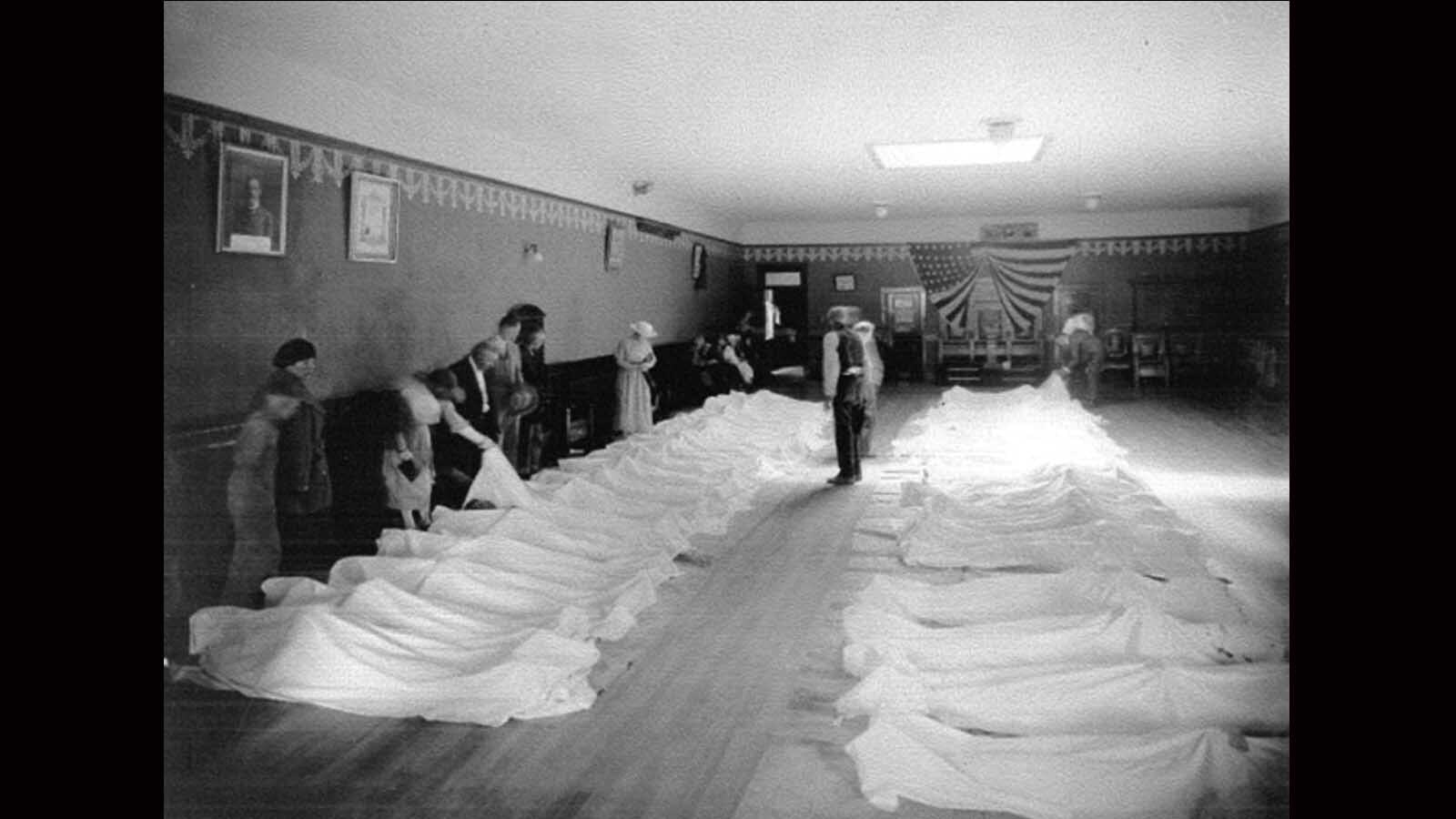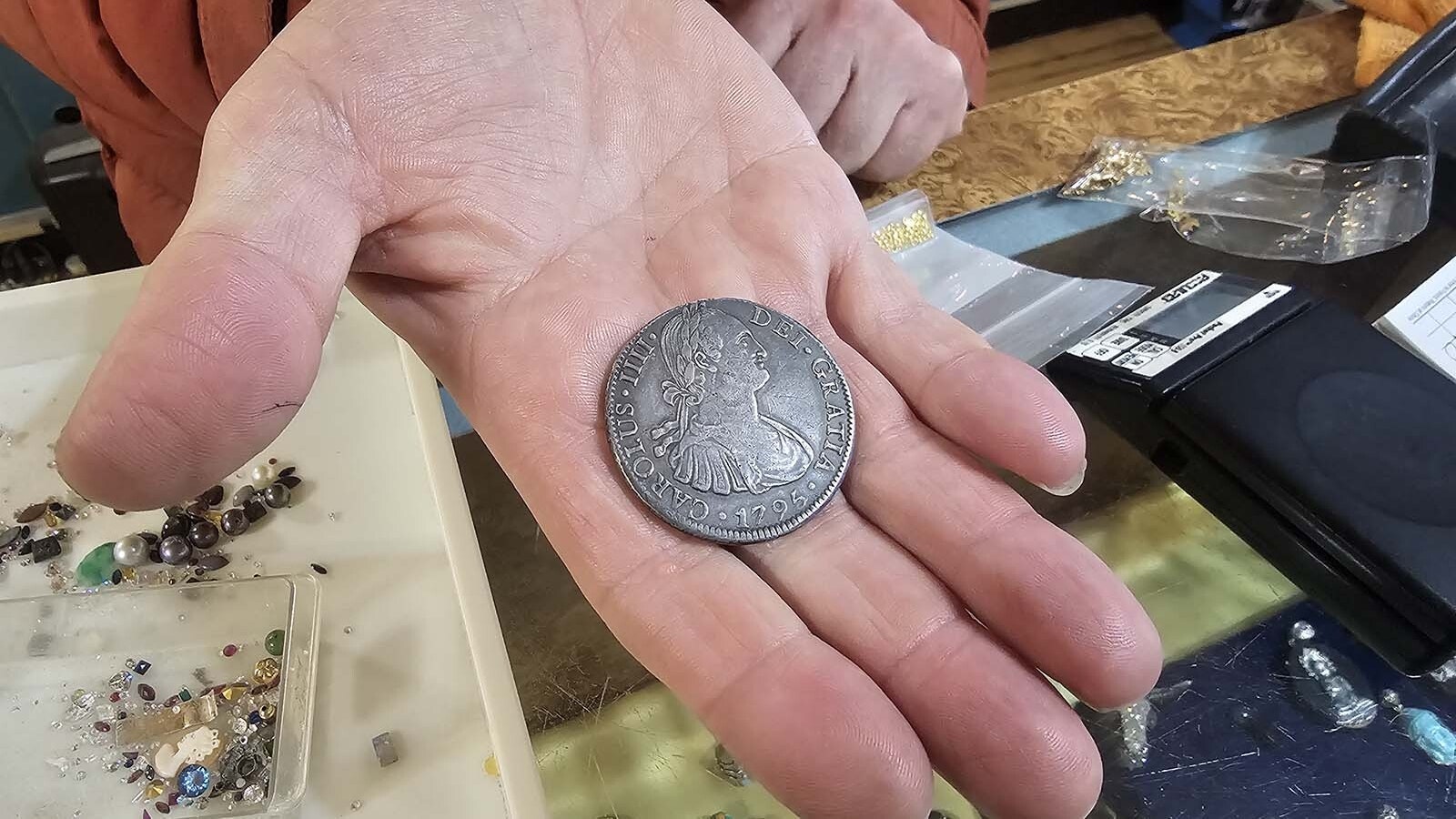By Ryan Lewallen, County 17
It was a quiet morning in Kemmerer, Wyoming, as families smiled amongst one another mere hours after wishing their fathers, husbands, and sons a safe day working in the local coal mines. Children played carefree while their mothers hung laundry, perhaps planning dinner, or thinking about the town’s latest gossip.
Then a deep, distant roar in the earth was heard and smoke was seen rising to the north.
Mothers, wives, and grandmothers alike stared towards the Frontier Coal mines for a moment; sad recognition filled their eyes with familiar tears as they waited for the news that they knew was coming.
Their only question: was it my husband, father, or grandfather this time around?
On Aug. 14, 1923, the towns of Kemmerer and Frontier were devastated by the second-worst coal mining tragedy in Wyoming history after 99 miners were killed during a mine explosion in Frontier Mine No. 1.
Whether by luck or divine intervention, only half of the workers that usually worked in the mine reported for duty; the other half had the day off because of a holiday. Only a third made it out alive after a Frontier Mine fire boss ignited gas accumulated in a room near the mine entrance while he was trying to re-light his safety lamp, according to the Wyoming State Historical Society (WSHS).
Rescue teams comprised of the American Red Cross and miners from surrounding mines in Cumberland, Glencoe, and Diamondville managed to save the lives of 36 miners, many of whom had barricaded themselves away from the flames still burning from the explosion. Once the survivors were back on the surface, the bodies of the others were recovered, according to local news reports.
The Meeteetse News reported that the final body to come out of the mine was that of Fire Boss Thomas Roberts, who had been found by his brother. The paper reported that Roberts’ body had been badly burned, indicating that Roberts was close to the scene of the explosion.
Kemmerer and Frontier, both towns were turned into places of mourning by the deaths of a member of nearly every family in each town, according to the Northern Wyoming Herald.
One week later, the tragedy still fresh in the hearts and minds of the mining community, the Kemmerer Coal Company announced that regular operations were to resume. It was just another day in the most lethal occupation in Wyoming in an industry plagued by more than a decade of mine explosions, trolley accidents, and workplace incidents.
The Frontier Mine incident occurred amid an attempted intervention by the Wyoming Legislature that, spurred by news of mining accident after mining accident, strove to make the occupation safer, per WSHS.
The legislature began requiring inspectors to make more thorough examinations of mines, giving them the authority to stop work in mines deemed unlawful and dangerous while increasing fines for safety violations.
As more and more mine incidents plagued Wyoming coal mines, the Legislature passed still more mine safety regulations granting mine safety inspectors more authority.
In 1939, mine inspectors were authorized to inspect both underground and surface coal mines, expanding the duties of the state mine inspector even further in 1957 to include other mine activities outside of coal.
The Office of the State Mine Inspector became a constitutionally established office in 1990 more than a century later, per WSHS.
Today, the office retains the authority to enter, inspect, and examine any mining operation in the state to protect the lives of workers in the Wyoming coal industry.





